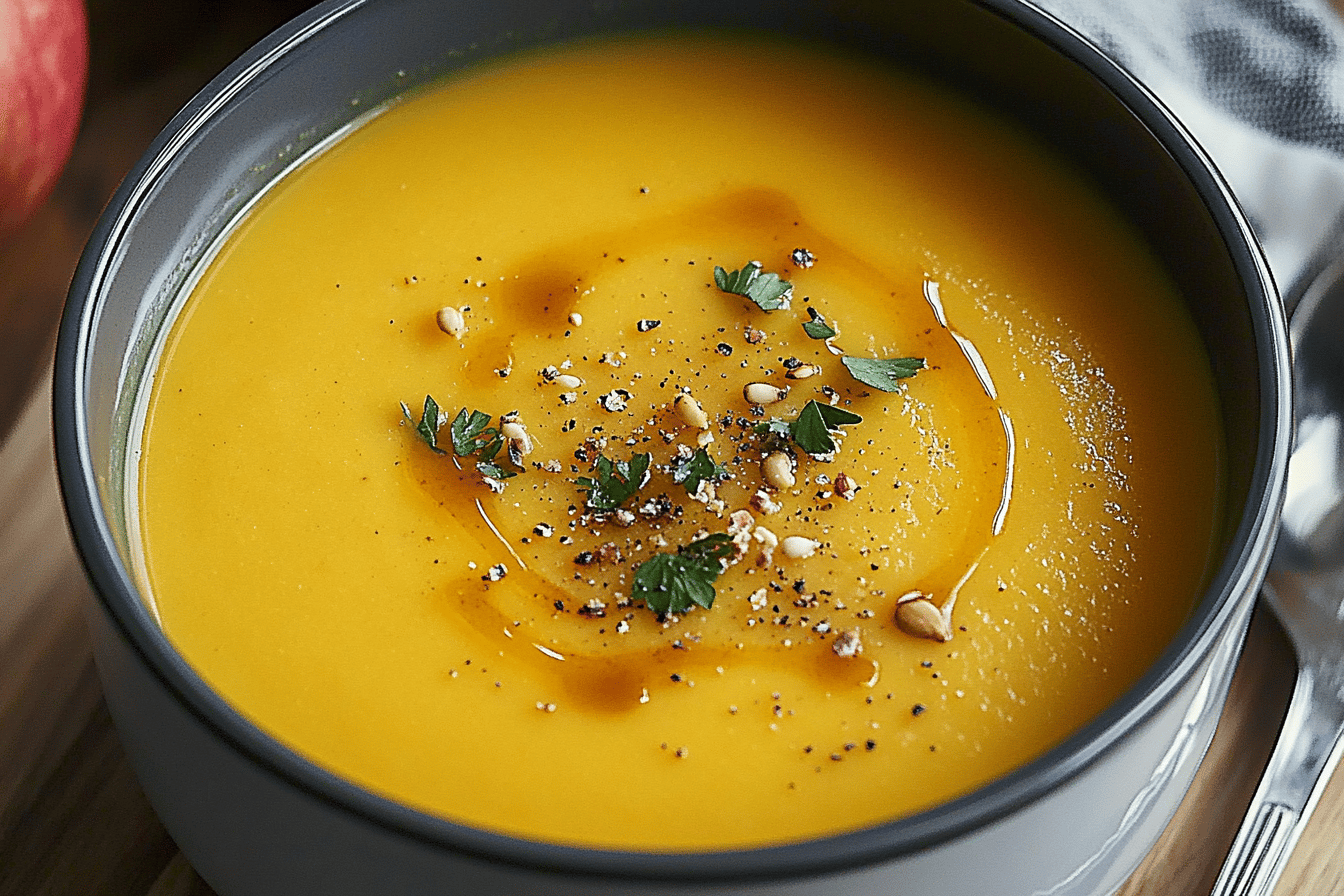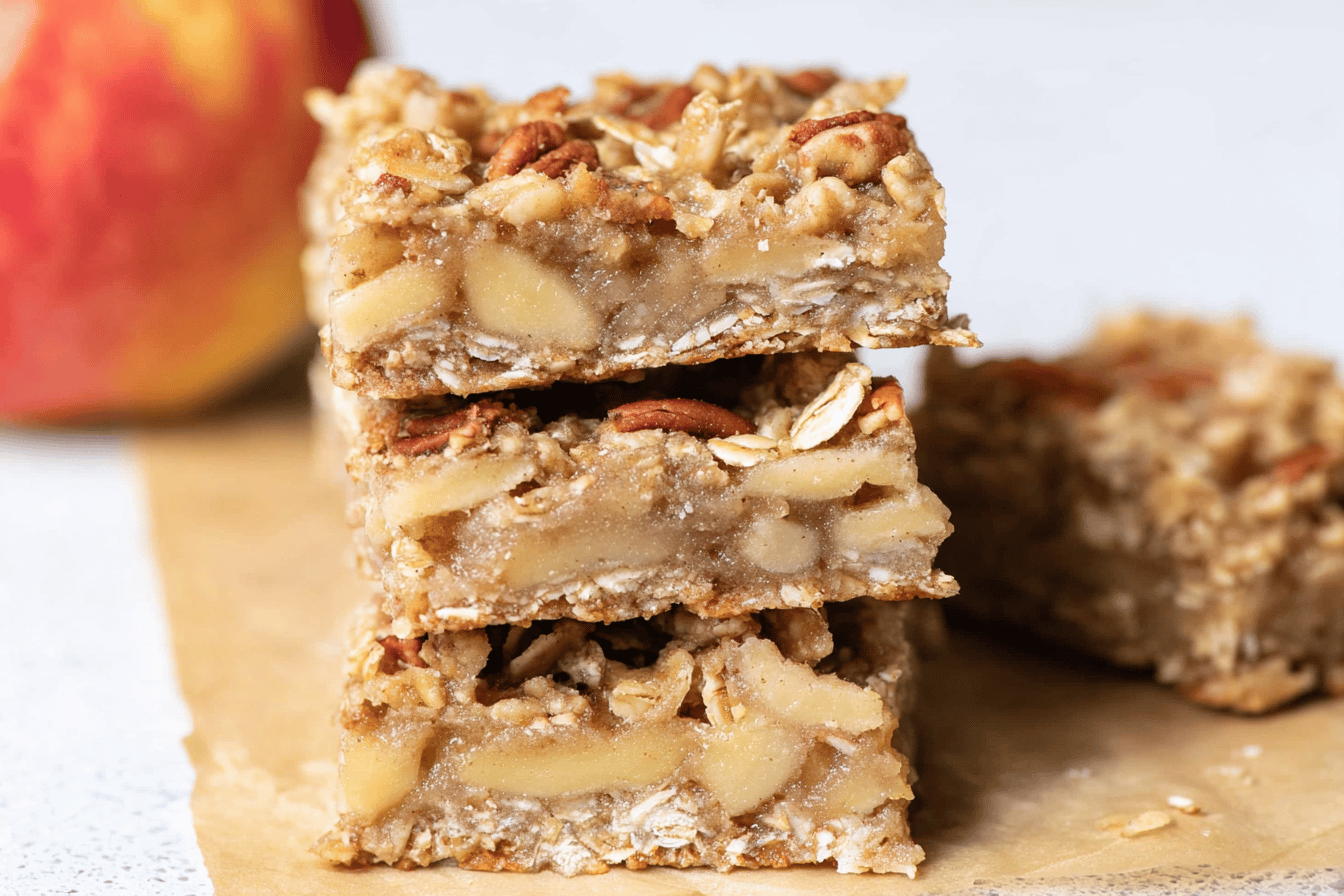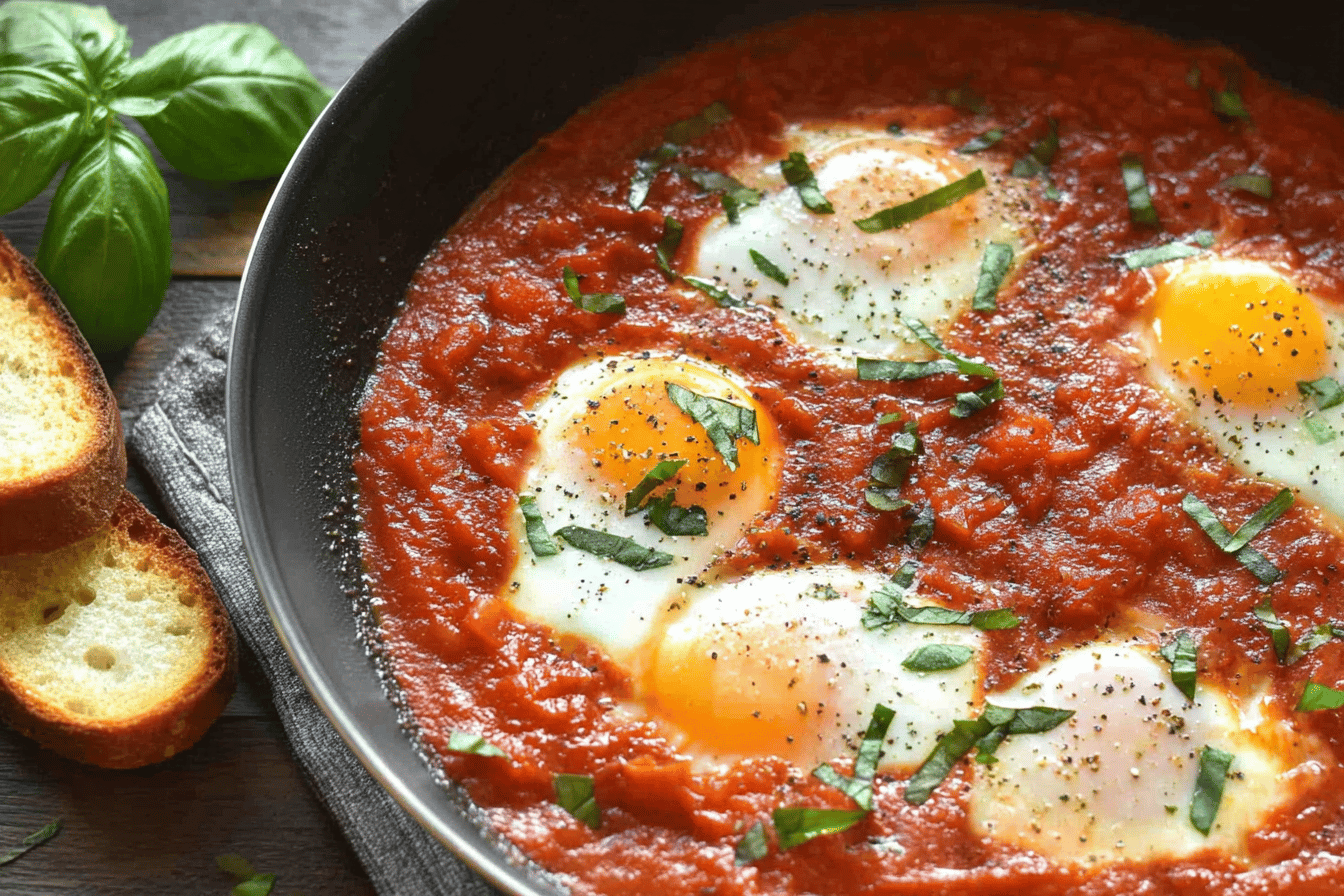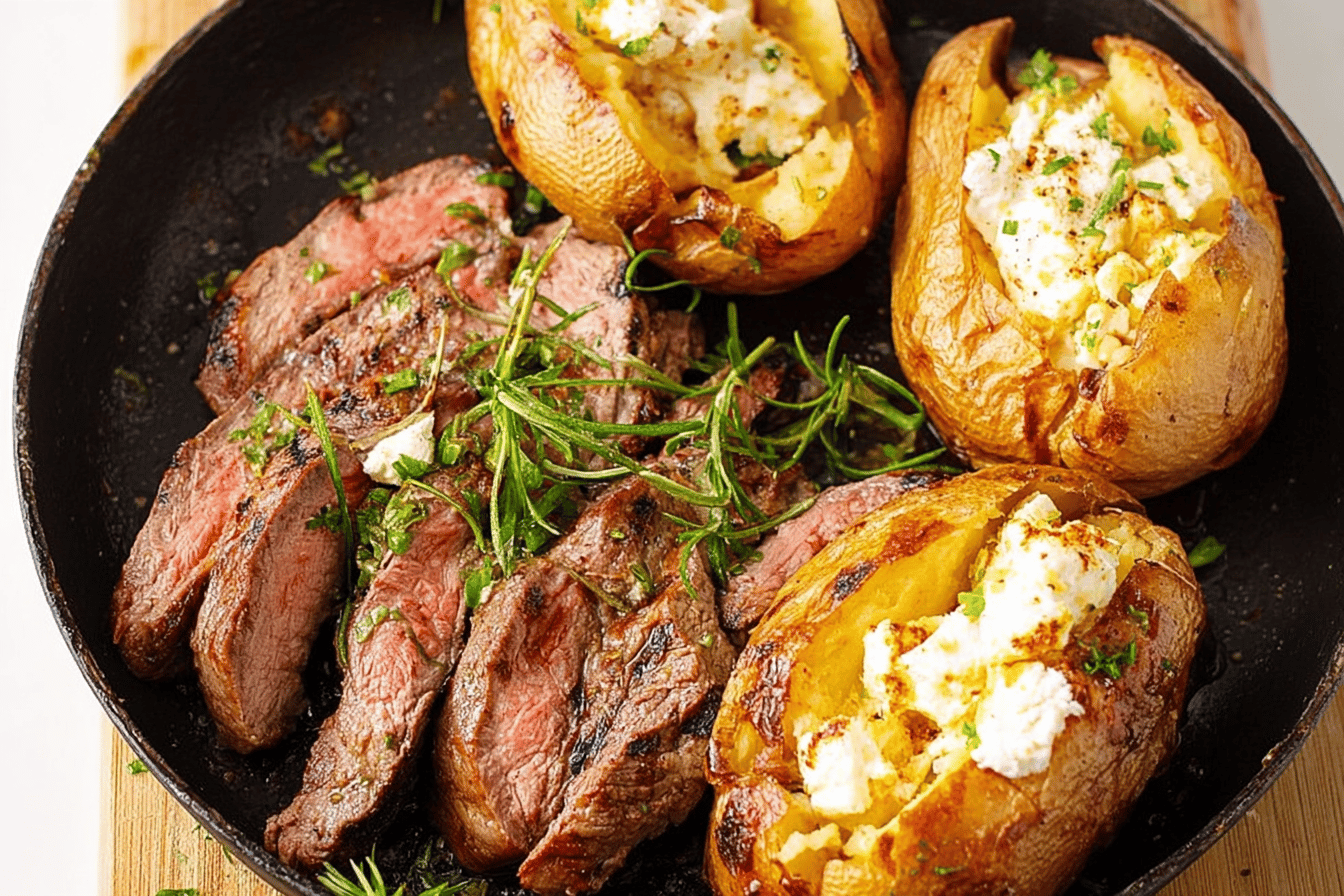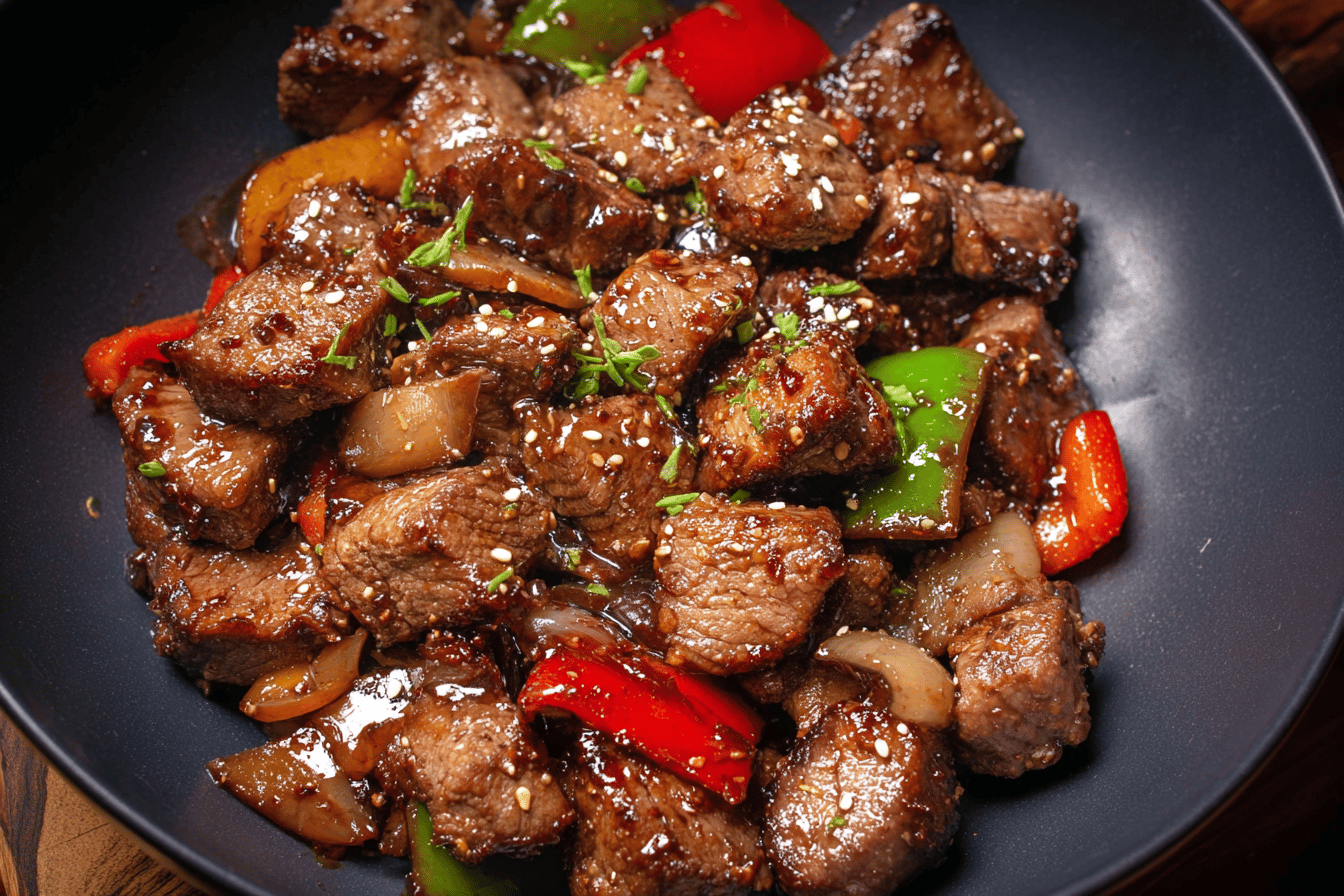Introduction
Butternut squash soup is a delightful dish that captures the essence of autumn with its creamy texture and warm flavors. This recipe creatively incorporates sweet elements like apples and fragrant herbs, making it a favorite for cozy evenings. Although the original recipe was inaccessible, this version is crafted from various reliable sources to ensure a delicious outcome.
Detailed Ingredients
– 1 large butternut squash (approximately 3 pounds), peeled, seeded, and cut into 1-inch cubes
– 2 tablespoons extra-virgin olive oil
– 1 medium yellow onion, diced
– 2 cloves garlic, minced
– 1 medium Granny Smith apple, peeled, cored, and diced
– 3 to 4 cups vegetable broth
– 1 teaspoon fresh thyme leaves
– 1 teaspoon fresh sage, chopped
– 1/2 teaspoon ground cumin
– 1/4 teaspoon ground cinnamon
– 1/4 teaspoon ground nutmeg
– Salt and freshly ground black pepper, to taste
– 1/2 cup heavy cream or coconut milk (for a vegan option)
– Optional garnishes: toasted pepitas (pumpkin seeds), chopped fresh parsley, a drizzle of maple syrup
Prep Time
35 minutes
Cook Time
50 minutes
Total Time
1 hour 25 minutes
Yield
Serves 6-8
Instructions
1. **Roast the Butternut Squash:**
Preheat your oven to 400°F (200°C). Place the cubed butternut squash on a baking sheet lined with parchment paper. Drizzle with 1 tablespoon of olive oil and season with salt and pepper. Toss to coat evenly and roast in the preheated oven for 25-30 minutes, or until the squash is tender and lightly caramelized.
2. **Sauté the Aromatics:**
In a large pot or Dutch oven, heat the remaining tablespoon of olive oil over medium heat. Add the diced onion and sauté for about 5 minutes until translucent. Add the minced garlic and diced apple; cook for an additional 2-3 minutes, stirring occasionally.
3. **Add Herbs and Spices:**
Stir in the fresh thyme, sage, ground cumin, cinnamon, and nutmeg. Cook for about 1 minute to release their aromas.
4. **Combine and Simmer:**
Add the roasted butternut squash to the pot. Pour in 3 cups of vegetable broth, ensuring the vegetables are submerged. Bring the mixture to a boil, then reduce the heat to low. Cover and let it simmer for 20 minutes, allowing the flavors to meld.
5. **Blend the Soup:**
Using an immersion blender, purée the soup directly in the pot until smooth. If you don’t have an immersion blender, carefully transfer the soup in batches to a blender, puréeing until smooth, and then return it to the pot.
6. **Adjust Consistency and Seasoning:**
If the soup is too thick, add additional vegetable broth to reach your desired consistency. Stir in the heavy cream or coconut milk. Season with additional salt and freshly ground black pepper to taste.
7. **Serve:**
Ladle the soup into bowls. Garnish with toasted pepitas, chopped fresh parsley, and a drizzle of maple syrup, if desired.
This butternut squash soup recipe is sure to warm you up and delight your taste buds, making it a perfect choice for a comforting meal during the cooler months. Enjoy!
Detailed Directions and Instructions
Roast the Butternut Squash
Preheat your oven to 400°F (200°C). Place the cubed butternut squash on a baking sheet lined with parchment paper. Drizzle with 1 tablespoon of olive oil, and season with salt and pepper. Toss to coat evenly. Roast in the preheated oven for 25-30 minutes, or until the squash is tender and lightly caramelized.
Sauté the Aromatics
In a large pot or Dutch oven, heat the remaining 1 tablespoon of olive oil over medium heat. Add the diced onion and sauté for about 5 minutes, until translucent. Add the minced garlic and diced apple; cook for an additional 2-3 minutes, stirring occasionally.
Add Herbs and Spices
Stir in the fresh thyme, sage, ground cumin, cinnamon, and nutmeg. Cook for about 1 minute to release their aromas.
Combine and Simmer
Add the roasted butternut squash to the pot. Pour in 3 cups of vegetable broth, ensuring the vegetables are submerged. Bring the mixture to a boil, then reduce the heat to low. Cover and let it simmer for 20 minutes, allowing the flavors to meld.
Blend the Soup
Using an immersion blender, purée the soup directly in the pot until smooth. If you don’t have an immersion blender, carefully transfer the soup in batches to a blender, puréeing until smooth and returning it to the pot.
Adjust Consistency and Seasoning
If the soup is too thick, add additional vegetable broth to reach your desired consistency. Stir in the heavy cream or coconut milk. Season with additional salt and freshly ground black pepper to taste.
Serve
Ladle the soup into bowls. Garnish with toasted pepitas, chopped fresh parsley, and a drizzle of maple syrup, if desired.
Notes
Flavor Adjustments
For a spicier version, consider adding a pinch of cayenne pepper or incorporating a chopped jalapeño when sautéing the aromatics.
Storage
Leftover soup can be stored in an airtight container in the refrigerator for up to 5 days or frozen for up to 3 months.
Vegan Option
To keep the soup vegan, substitute heavy cream with coconut milk or a plant-based cream alternative.

Cook techniques
Roasting
Roasting the butternut squash enhances its natural sweetness and adds a caramelized flavor that deepens the overall taste of the soup.
Sautéing
Sautéing the onion, garlic, and apple allows their flavors to develop and meld, contributing to the soup’s rich, aromatic base.
Herb Infusion
Adding fresh herbs and spices while cooking unlocks their essential oils and flavors, providing an aromatic profile that elevates the soup.
Simmering
Simmering the soup allows the ingredients to meld together, ensuring a harmonious flavor throughout the dish as ingredients soften and blend.
Blending
Pureeing the soup creates a smooth, creamy texture that embodies the comfort of a well-made soup, allowing the flavors to integrate seamlessly.
Adjusting Consistency
By adjusting the broth quantity, you can customize the thickness of the soup to your preference, ensuring it meets your ideal texture.
FAQ
Can I use frozen butternut squash instead of fresh?
Yes, frozen butternut squash can be used; just adjust the cooking time as needed, since it may not require as much roasting.
What can I substitute for heavy cream?
Coconut milk, almond milk, or any non-dairy cream can be excellent substitutes for heavy cream in this recipe.
How do I store leftover soup?
Store leftover soup in an airtight container in the refrigerator for up to five days or freeze for up to three months.
Can I add other vegetables to the soup?
Absolutely! Carrots, sweet potatoes, or even potatoes can complement the flavors of the soup nicely.
Is this recipe vegan-friendly?
Yes, simply use coconut milk instead of heavy cream, and ensure that the vegetable broth is vegan.
Conclusion
This butternut squash soup recipe beautifully balances the natural sweetness of roasted squash and apple with aromatic herbs and spices. The creamy texture and savory undertones create a comforting dish that is perfect for chilly days. Whether served as a starter or a main dish, this soup is sure to impress with its rich flavor and appealing presentation.
Spicy Variations
For those who enjoy a bit of heat, try adding a dash of cayenne pepper or diced jalapeños during the sautéing step. This will elevate the soup with a warming kick that complements the sweetness of the squash and apple.
Herb Infusion
Experiment with different herbs such as rosemary or dill to add unique flavor profiles. Fresh herbs can enhance the soup’s aroma and add an additional layer of complexity.
Nutty Addition
Incorporate roasted hazelnuts or almonds as a topping for a delightful crunch. The nutty flavor pairs well with the sweetness and enhances the overall texture of the dish.
Curry Twist
For an exotic flair, consider adding curry powder or coconut curry paste to the soup. This will infuse a warm, spicy flavor that transforms the dish into a culinary adventure.
Vegetable Variations
Feel free to add other vegetables like carrots or sweet potatoes to the mix before roasting them. These additions will enhance the flavor and provide extra nutrients, making for a heartier soup.
Serving Suggestions
Serve the soup with crusty bread or homemade croutons for a satisfying meal. A side salad can also provide a refreshing contrast to the richness of the soup.


